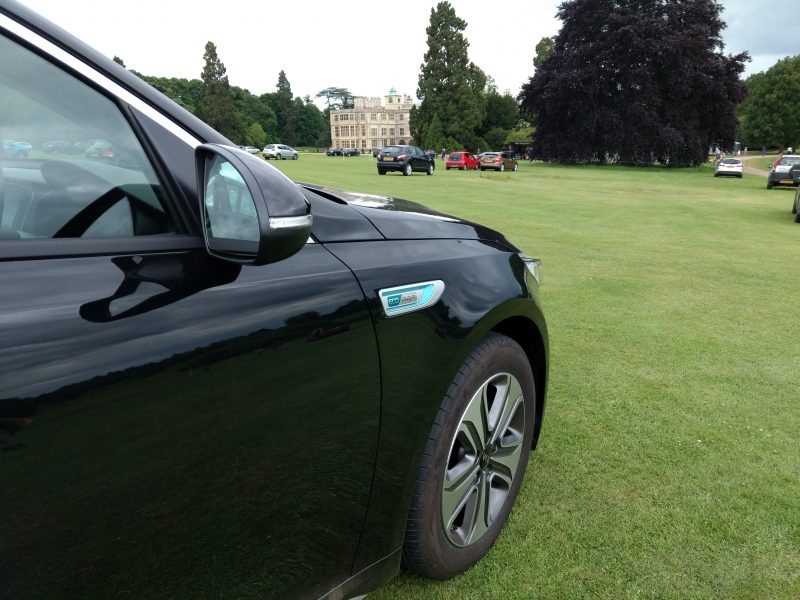 When talking economy, a car’s weight is important. The lighter the car, the less energy required to move it. Simple. And so, engineers take great efforts to reduce weight where they can. Of course, it’s always a battle with the accountants who will want to use cheaper and potentially heavier materials for a job than the engineers dream of. A good example of this is the body. Most are steel, which is heavier than – for example – aluminium, but steel is cheaper.
When talking economy, a car’s weight is important. The lighter the car, the less energy required to move it. Simple. And so, engineers take great efforts to reduce weight where they can. Of course, it’s always a battle with the accountants who will want to use cheaper and potentially heavier materials for a job than the engineers dream of. A good example of this is the body. Most are steel, which is heavier than – for example – aluminium, but steel is cheaper.
All this is well and good but the one thing this doesn’t factor in is the weight of passengers. When I was ten years old, a friend of mine raced me on identical go-karts in Spain and, me being the lighter, more athletic build, ran rings around him, much to his disappointment.
What does all this have to do with Optima Prime? Recently my partner and I whose combined weight is around 130kg had a pair of passengers in the car whose combined weight easily exceeded 200 kilos. These were heavy people, the type who need to be asked not to use the roof handles to haul themselves out of the car, as they’ll simply snap off. Our total passenger weight was therefore roughly 330kg, which is a lot. To put this into perspective, the Kia soul EV’s 27kWh lithium-ion battery pack weighs 274.5 kilos.
Laden with all this additional weight, naturally I expected the Optima PHEV to be affected. Acceleration shouldn’t be quite as responsive and neither should economy. Tasked with an 80-mile round trip, the Optima PHEV was fully charged and off we went. Firstly, acceleration seemed almost unaffected. Like a cart horse plodding along up a hill, the Optima took it in its stride. Electric range chirpily reported the same 31-miles it did before and it seemed to hold up for that distance too. Once the battery had depleted, happily, the petrol engine didn’t seem strained either, helped along by the electric torque in hybrid mode despite an empty battery. So, all in all it was a very uneventful trip. And the economy? 99.6mpg average. ‘nough said.
